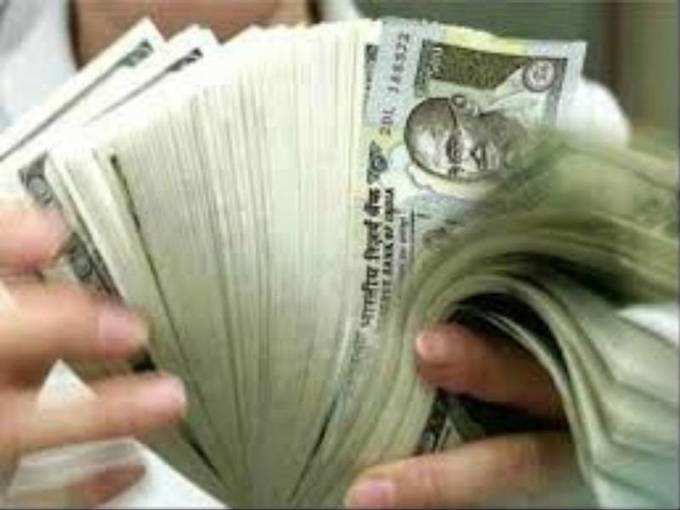 A globally competitive economy often rests on a robust and competitive banking system. The Indian banking system comprises of banking institutions and the India's central bank, the Reserve Bank of India (
A globally competitive economy often rests on a robust and competitive banking system. The Indian banking system comprises of banking institutions and the India's central bank, the Reserve Bank of India (There exists an institutional framework in India according to which the central bank lends to several types of
However, credit supply still broadly speaking has a significant say of the government. But during the past 68 years the banking sector has seen a lot of changes. Post independence with a thrust on 'command and control economy' banks were nationalised. There were 2 phases of nationalization of banks in India. One occurred in 1969 with the 14 largest banks being nationalized with an ordinance. The second phase of nationalization occurred in 1980 with six more commercial banks being nationalized. The nationalization of banks was a very strong signal of government's desire for regulation and control.
Liberalisation started in India before 1991, but the balance of payments crises in 1991 saw structural reforms in the financial sector (Banking, Capital Markets and Development Financial Institutions). These were based on the recommendations of the ‘Narasimham Committee Report’ of November 1991. Within the banking system, control had resulted in several significant issues namely a small capital base, an overall fragile health, low profitability arising out of a low level of competition in the banking sector. Various measures like the establishment of debt tribunals, capital infusion into banking sector, clearly defined NPA's, etc. resulted in a decline in NPA's from roughly a quarter of gross advances to 16% by 1998. Other measures included opening the sector to private and foreign participation as well as greater freedom to open branches and ATM's.
Post-1998 saw another sector of reforms. They included the enactment of the Securitisation and Reconstruction of Financial Assets and Enforcement of Security Interest (SARFAESI) Act, 2002 that enabled the sale of financial assets to Securitisation/ Reconstruction companies. Also, a Credit Information Bureau (India) Ltd. (CIBIL) was established in 2000. Great competition with the entry of a large amount of foreign and private sector banks marked this phase. FDI limits were also increased to 74% from the earlier 49% during this phase. The Gross NPA’s as a % of total advances were brought down to 2.4 % in 2008 from the level of 12% in 2001.
The past few years post the 2008 recession have seen greater branch penetration and financial deepening, but a worrying sign for the banking sector seems to be the rising NPA's. While NPA for the private and foreign banks seem to sub 5%, those of the public sector banks seem to be at greater than 10%. What this means is public sector banks should brace up for greater competition, effective operations and next set of reforms within the sector.
(The article is co-authored with Sankalp Sharma, Senior Researcher at the Institute for Competitiveness, India. Amit Kapoor is Chair, Institute for Competitiveness & Editor of Thinkers. The views expressed are personal. Amit can be reached at amit.kapoor@competitiveness.in and tweets @kautiliya)
